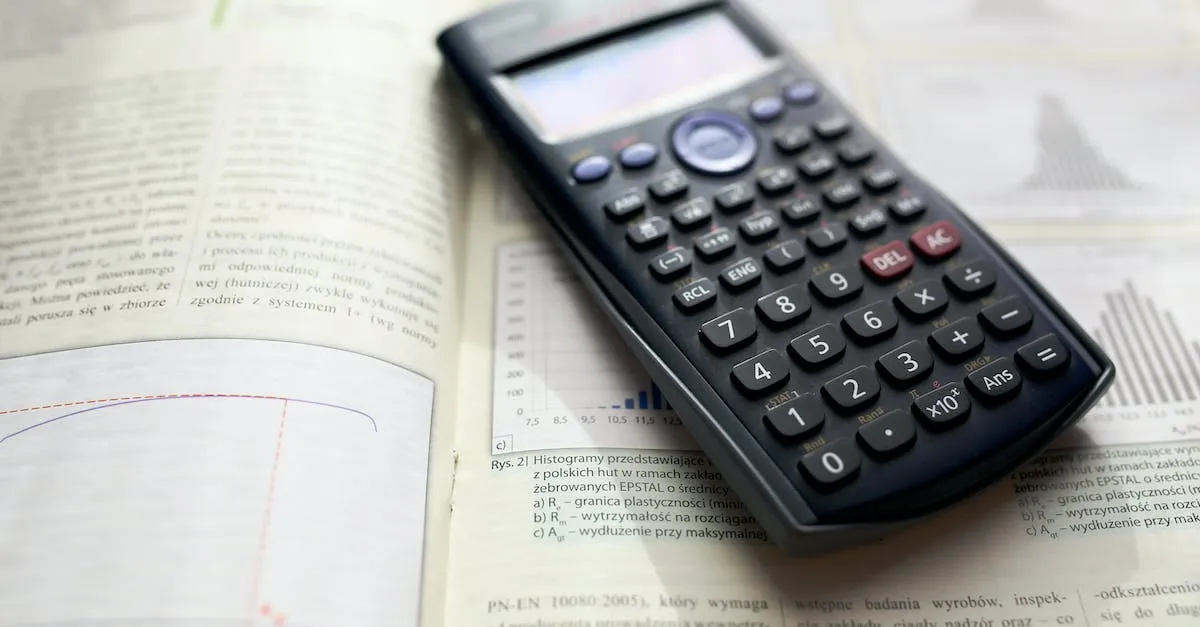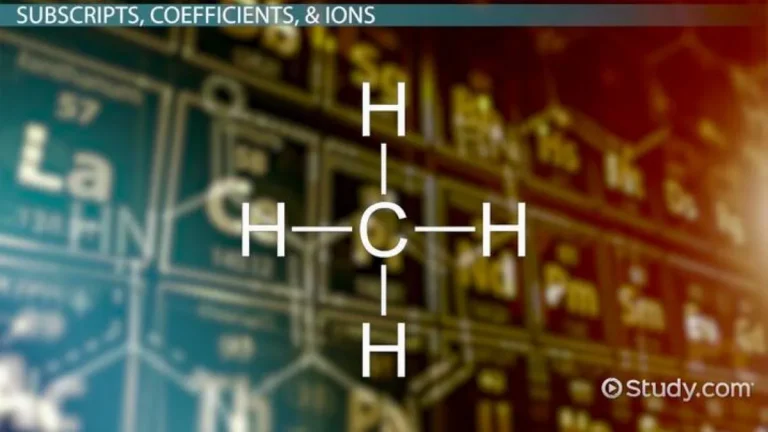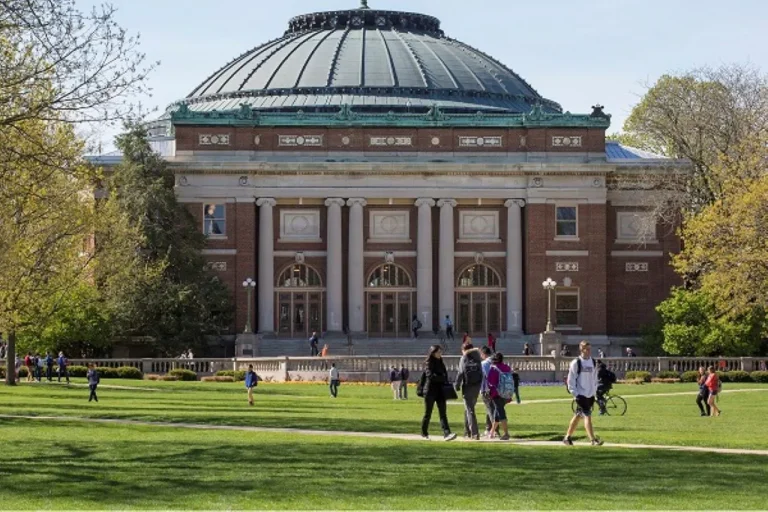Is Physics Math Or Science? Examining The Relationship
Physics relies heavily on mathematical concepts and tools, leading many to wonder – is physics more of a math discipline or a natural science? This article will examine the intrinsic links between math and physics and discuss how physics straddles the line between mathematical theory and experimental science.
If you’re short on time, here’s a quick answer: Physics utilizes math extensively, but it is fundamentally a natural science focused on understanding the physical world through experiments, observations, and testing of theories.
The mathematical aspects of physics serve as a language for quantifying and predicting real world phenomena.
Mathematical Foundations of Physics
Physics Seeks Mathematical Descriptions of the Natural World
Physics is often considered both a mathematical and scientific discipline. While it is classified as a science, its close relationship with mathematics cannot be overlooked. In fact, one could argue that mathematics is the language of physics.
Physics seeks to understand and describe the natural world using mathematical equations and models. It uses mathematics to express fundamental concepts and laws that govern the behavior of matter and energy.
Uses Math to Express Theories Quantitatively
One of the primary reasons why physics relies heavily on mathematics is its ability to express theories quantitatively. By using mathematical equations, physicists can precisely describe and predict the behavior of physical phenomena.
This allows them to make accurate predictions and test the validity of their theories through experimentation. From classical mechanics to quantum field theory, mathematics provides physicists with the tools to express their ideas in a quantitative and precise manner.
Employs Geometry, Algebra, Calculus, and More
Mathematics plays a crucial role in various branches of physics. Geometry, algebra, calculus, and other mathematical disciplines are utilized extensively to analyze and solve problems in physics. Geometry is used to understand the shapes and properties of objects in space, while algebra is employed to solve equations and express relationships between different variables.
Calculus, with its concepts of differentiation and integration, is used to study rates of change and calculate quantities such as velocity, acceleration, and energy.
Furthermore, advanced mathematical concepts like linear algebra, differential equations, and complex analysis are employed in fields such as quantum mechanics and relativity. These mathematical tools enable physicists to tackle complex problems and derive profound insights into the nature of the universe.
Scientific Methods in Physics
Observes Physical Phenomena Through Experiments
In the field of physics, scientists utilize scientific methods to understand and explain the fundamental principles that govern the physical world. One of the key methods used is through the observation of physical phenomena through experiments.
By carefully designing and conducting experiments, physicists can gather data and evidence to support or disprove their hypotheses. These experiments often involve the manipulation of variables, measurements of quantities, and the collection of empirical data.
For example, in studying the behavior of light, physicists have conducted numerous experiments to understand its wave-particle duality and the phenomenon of interference.
Tests Predictive Power of Mathematical Theories
Physics is often referred to as the bridge between mathematics and the natural sciences. Mathematical equations and theories play a crucial role in understanding and predicting the behavior of physical systems. Physicists use mathematical models to test the predictive power of their theories.
These mathematical models are derived from fundamental principles and laws of physics, such as Newton’s laws of motion or Einstein’s theory of relativity. By applying these mathematical models to real-world scenarios, physicists can make predictions about the behavior of physical systems and test the accuracy of their theories.
For instance, the predictions made by Einstein’s theory of general relativity, such as the bending of light around massive objects, have been confirmed through various experiments and observations.
Refines Theories to Better Match Empirical Data
One of the distinguishing features of physics is its commitment to empirical data. While mathematical theories provide a framework for understanding the physical world, they must be refined and adjusted to better match empirical data.
Physicists constantly strive to improve their theories by comparing the predictions made by mathematical models with the results of experiments and observations. This iterative process of refinement and adjustment allows physicists to make more accurate predictions and better understand the underlying principles governing physical phenomena.
For example, the discovery of the Higgs boson at the Large Hadron Collider confirmed the existence of the Higgs field, which was predicted by the Standard Model of particle physics.
Interplay Between Math and Experiments in Physics
Physics is often considered both a mathematical and scientific discipline, as it relies heavily on mathematical principles to describe and predict the behavior of the physical world. The relationship between math and physics is a symbiotic one, with each field supporting and informing the other.
Math Provides Framework for Physical Theories
Mathematics serves as the language of physics, providing a framework for developing and expressing physical theories. Through mathematical equations and formulas, physicists can describe the fundamental laws and principles governing the universe.
For example, Isaac Newton’s laws of motion, which revolutionized our understanding of classical mechanics, are based on mathematical equations that describe the relationship between force, mass, and acceleration.
Mathematics also helps physicists make sense of complex phenomena and systems. From the motion of planets to the behavior of subatomic particles, mathematical models allow physicists to analyze and predict the behavior of these systems.
By using mathematical concepts such as calculus, differential equations, and linear algebra, physicists can develop elegant and precise descriptions of physical phenomena.
Experiments Check Accuracy of Mathematical Models
While mathematics provides the theoretical framework, experiments play a crucial role in validating and refining these mathematical models. Through carefully designed experiments, physicists can gather empirical evidence to test the accuracy and applicability of their mathematical theories.
Experimental results not only confirm the predictions made by mathematical models but also provide opportunities for discovery. Sometimes, experiments reveal discrepancies between the expected outcomes and observed results.
These discrepancies can lead physicists to question existing theories and develop new ones to account for the anomalies.
Discrepancies Lead to New Theories and Math Models
When experimental observations do not align with the predictions of existing mathematical models, physicists are prompted to explore new theories and develop new mathematical frameworks. This iterative process of theory development and experimentation has been a driving force in advancing our understanding of the physical world.
For example, the discovery of quantum mechanics in the early 20th century revolutionized physics and required the development of new mathematical tools to describe the behavior of particles at the atomic and subatomic level.
This led to the development of complex mathematical models, such as Schrödinger’s wave equation, which revolutionized our understanding of quantum phenomena.
The interplay between math and experiments in physics is a dynamic and ongoing process. As our understanding of the universe deepens, new mathematical models are developed, which in turn guide experimental investigations.
This cycle of theory and experimentation continues to push the boundaries of our knowledge and drive scientific progress.
Classification of Physics as a Natural Science
Studies the Fundamental Nature of the Physical World
Physics is classified as a natural science because it studies the fundamental nature of the physical world. It examines the behavior and properties of matter and energy, as well as the interactions between them.
Through observation, experimentation, and mathematical analysis, physicists aim to understand the laws and principles that govern the universe. From the study of motion and forces to the exploration of quantum mechanics and relativity, physics delves into the essence of reality itself.
Aligned with Other Natural Sciences Like Chemistry and Biology
Physics is closely aligned with other natural sciences, such as chemistry and biology. These disciplines share common principles and methodologies, enabling scientists to build upon each other’s work. For example, physics provides the foundation for understanding chemical reactions and the behavior of atoms and molecules.
It also plays a crucial role in fields like biophysics, which applies the laws of physics to study biological systems. The interconnectedness of these sciences highlights the interdisciplinary nature of scientific research.
Contrasts with Pure Math Fields Like Number Theory
While physics incorporates mathematical concepts and tools, it is distinct from pure math fields like number theory. Physics uses mathematics as a language to describe and quantify physical phenomena, but its focus is on understanding the natural world through empirical evidence and experimental verification.
In contrast, number theory is a branch of mathematics that deals with the properties and relationships of numbers in their purest form. While both disciplines are valuable in their own right, physics relies on experimentation and empirical data to test and refine its theories.
Conclusion
While deeply intertwined with mathematics, physics is focused on constructing mathematical frameworks to describe the observable universe. Theories are tested against experimental data, not pure logic, and discarded if they fail to match nature’s behavior.
Therefore, physics is best categorized as a natural science that leverages math, not a subfield of mathematics.







